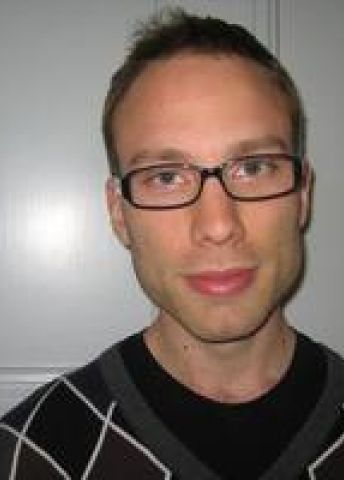
Program for mathematics 2016
Grant to a post-doctoral position abroad
Andreas Minne
KTH Royal Institute of Technology
Postdoc at Scuola Normale Superiore, Pisa, Italy
Grant to a post-doctoral position abroad
Andreas Minne
KTH Royal Institute of Technology
Postdoc at Scuola Normale Superiore, Pisa, Italy
Boundaries in constant change
Andreas Minne received his Ph.D. in Mathematics from KTH Royal Institute of Technology in 2016. Thanks to a grant from the Knut and Alice Wallenberg Foundation, he will hold a postdoctoral position with Professor Luigi Ambrosio at the Scuola Normale Superiore in Pisa, Italy.
How does polar ice melt? How does a forest fire propagate? Is it possible to predict the growth of a cancer tumor? These are examples of problems that can be modeled using free boundary methods. A free boundary is a constantly changing border, such as that of ice melting in water. The challenge is to calculate these boundaries.
In most models it is not possible to precisely establish evolving boundaries, but qualitative results can be obtained by studying the relevant differential equations. For example, one can estimate the speed at which the boundary evolves, or the form it can or cannot assume. Sometimes the boundary is smooth, such as that of ice in water, or the boundary could contain sharp edges, known as singularities. Such a singularity can occur in the flame of a burning candle, which has a smooth surface except for a point at its top.
A free boundary can contain infinitely many singularities, as is the case when modeling a cloud or the coastline of Norway. Both evolve over time, even if this may occur very slowly. Their boundaries can be thought of as jagged lines that contain infinitely many sharp points, fractals.
The goal of Andreas Minne’s project is a better understanding of free boundaries and their singularities. He is primarily going to research the circumstances in which singularities arise, as well as their quantity and form. The research project covers applications and the expansion of the methods used in specific cases, to more general statements about free boundary problems.
Photo: KTH Royal Institute of Technology